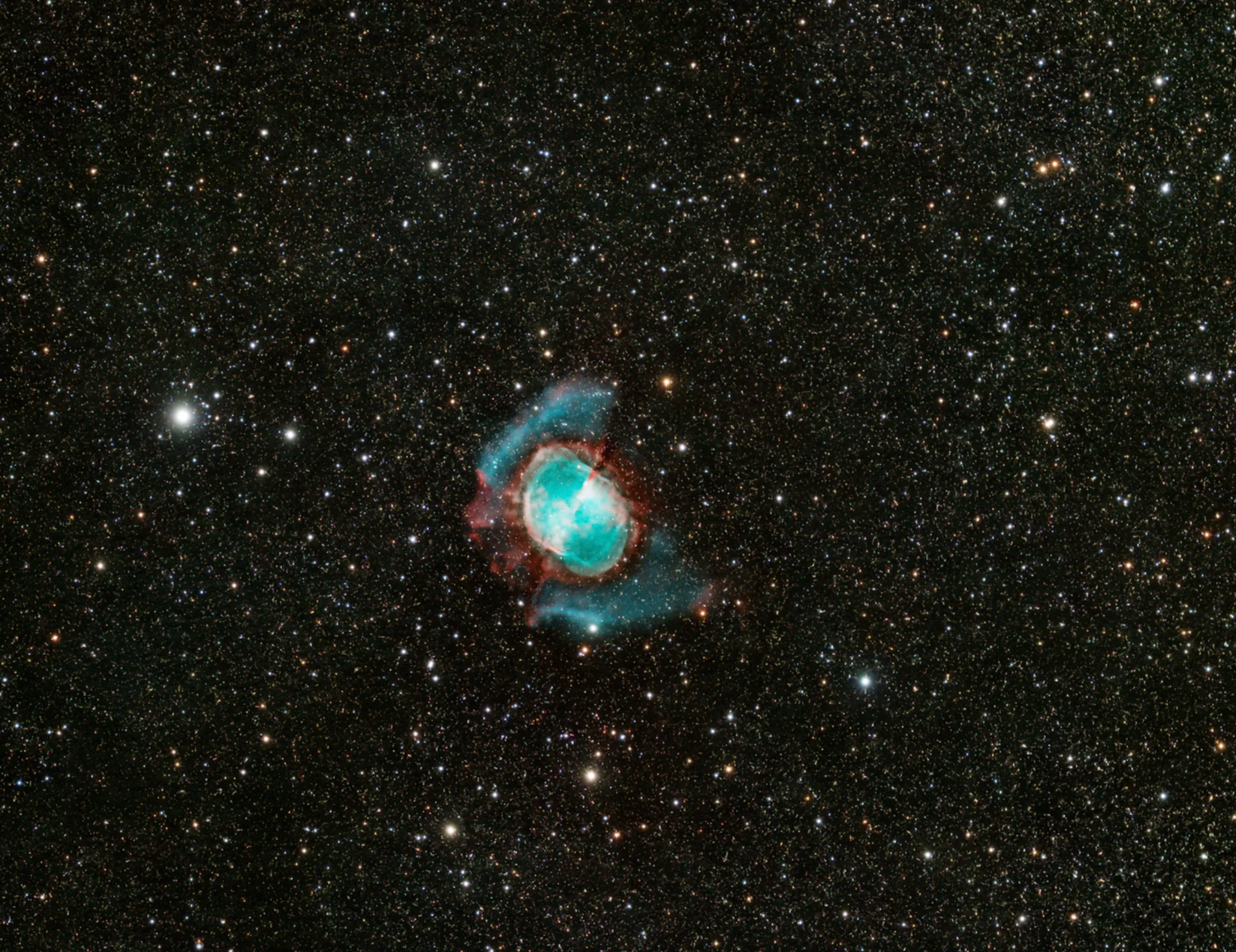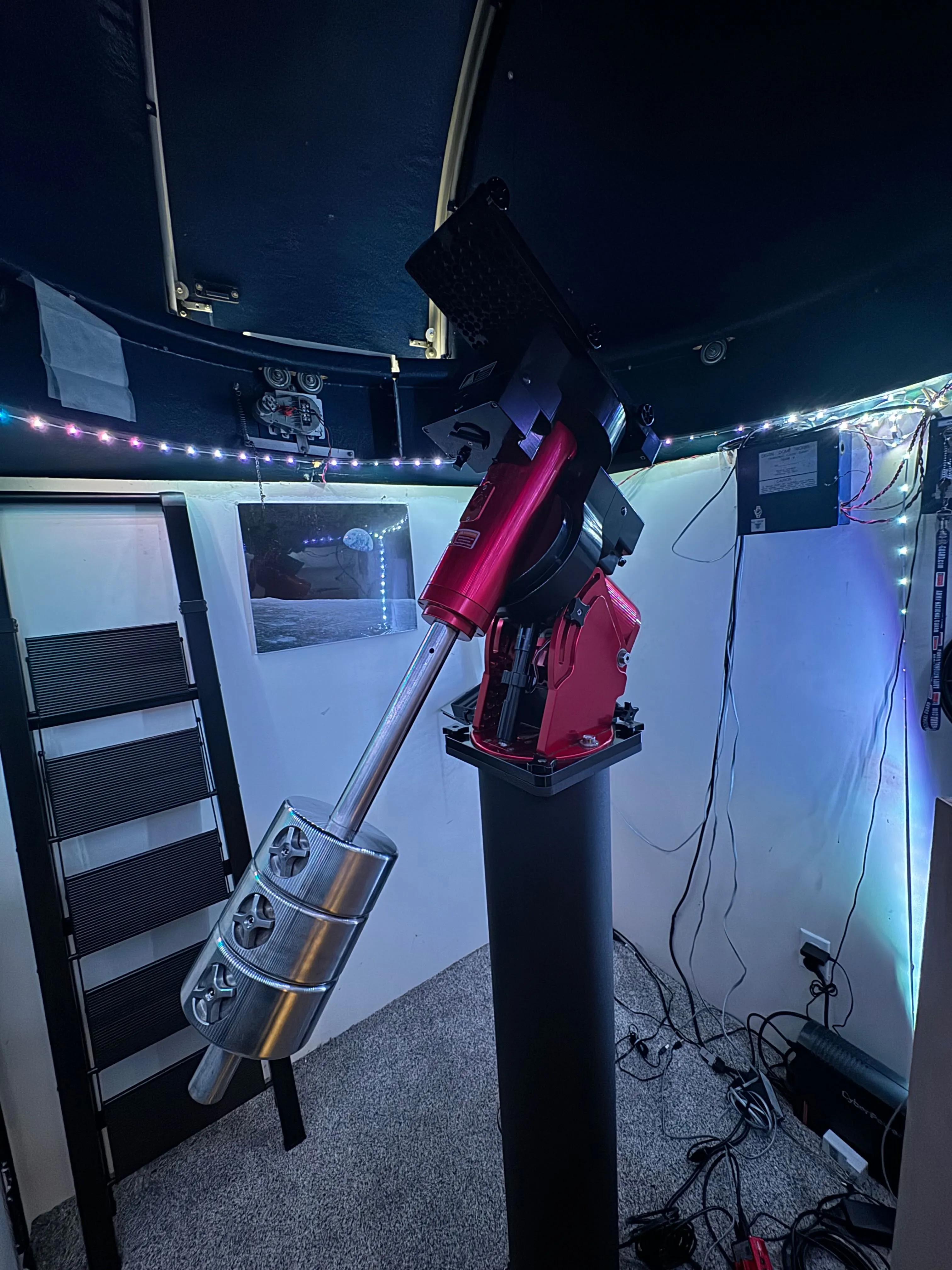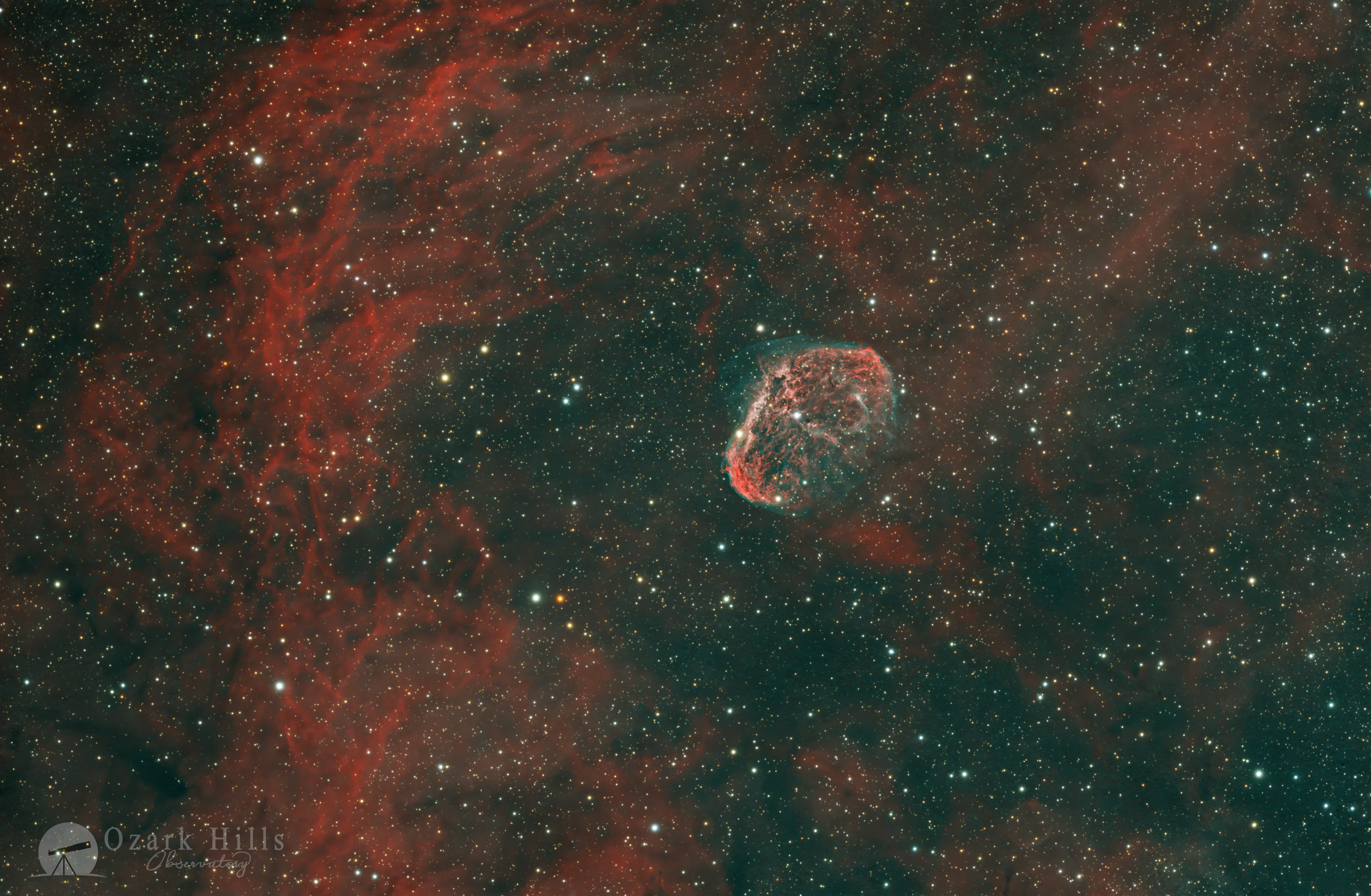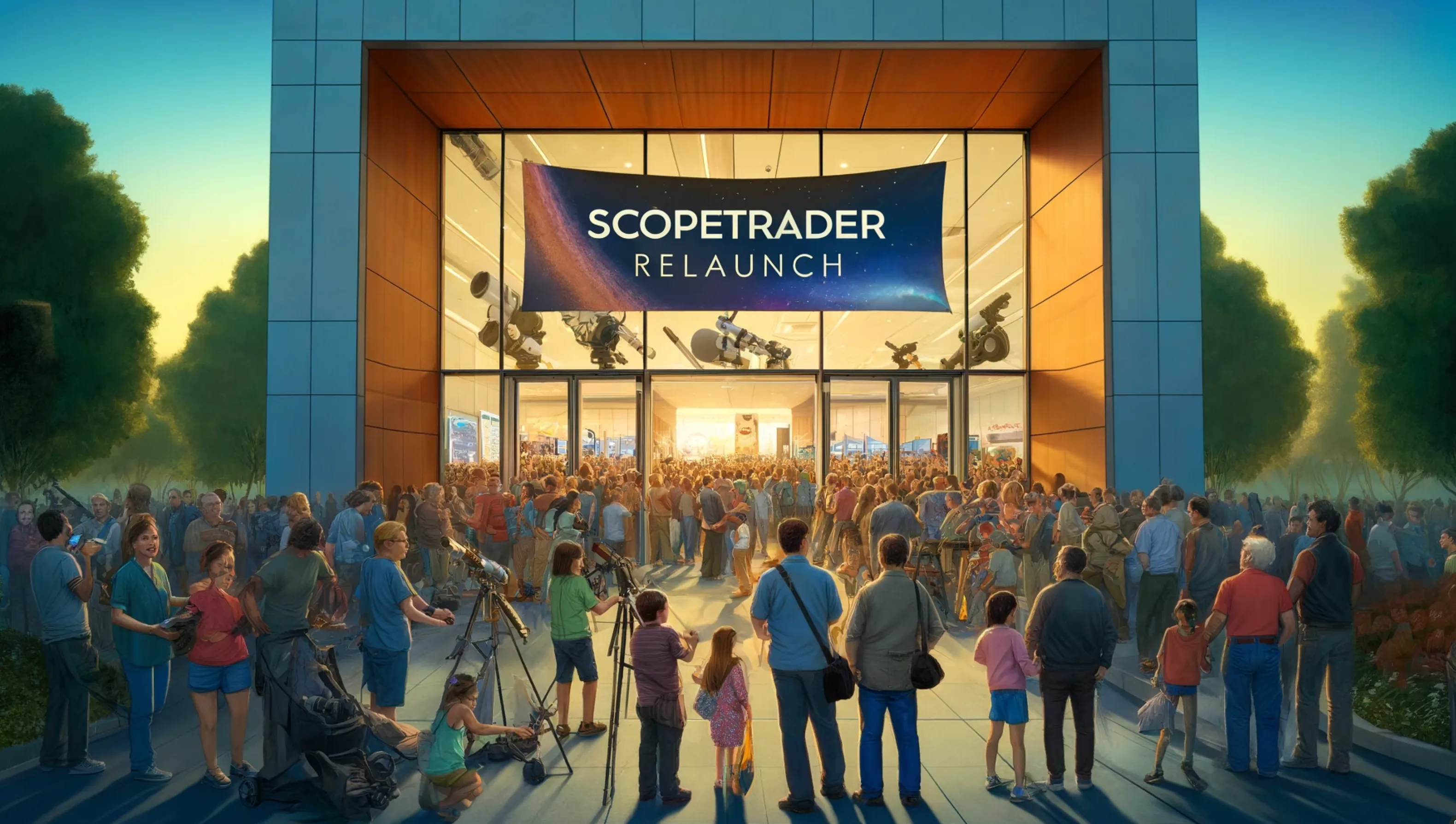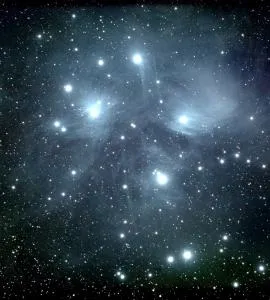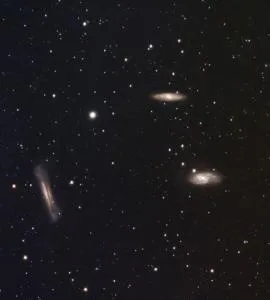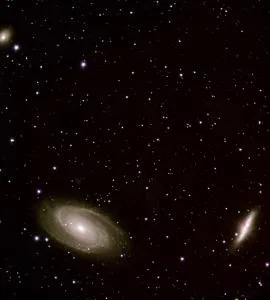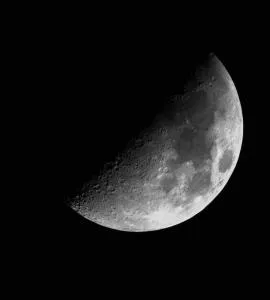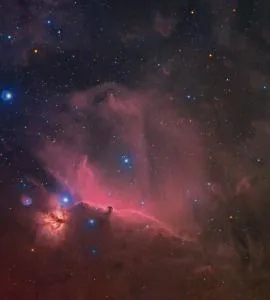M81 and M82 galaxies astrophoto through a TEC APO180FL telescope
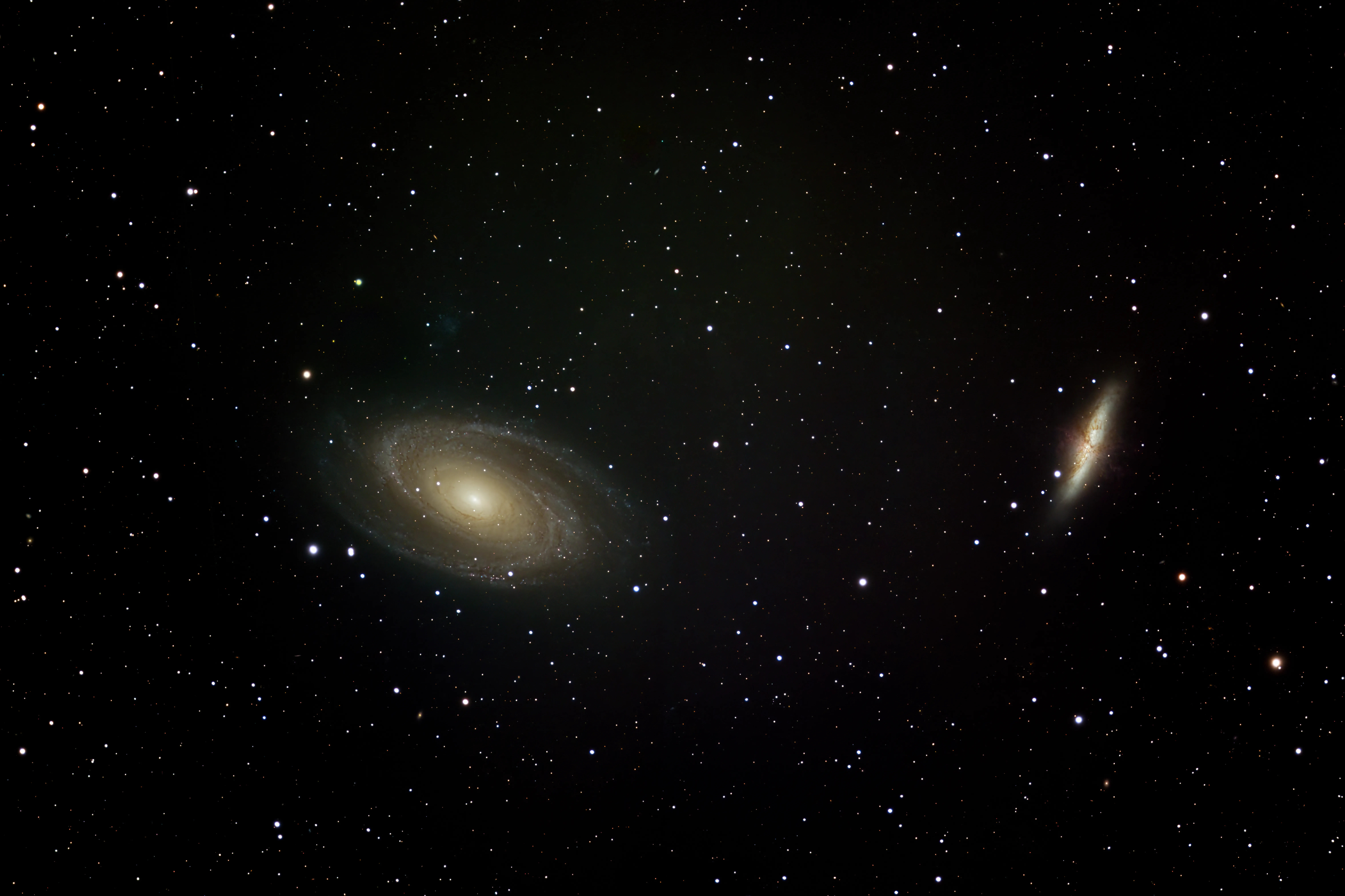
A relatively brief observation, lasting just 3 hours, captured two galaxies nestled together: M81 (also known as Bode's Galaxy) and M82, utilizing our prized telescope, the TEC APO180FL telescope and ZWO 6200MM.
Imagine floating through space, cruising past stars and nebulae, when suddenly, you stumble upon the cosmic equivalent of an odd couple living next door to each other in the vast celestial neighborhood. Meet M81 and M82, two galaxies that prove even in the universe, neighbors can be as different as chalk and cheese, or in this case, as spirals and cigars.
First up, we have M81, also known as Bode's Galaxy. Named after Johann Elert Bode who discovered it in 1774, this galaxy is like the well-kept, manicured lawn of the cosmos. It's a grand spiral galaxy, swirling in a dance of stars and cosmic dust, showing off its structured arms like a peacock displays its feathers. M81 is the kind of galaxy that would politely nod and wave as you pass by in your spaceship, offering a glimpse into a well-ordered cosmic ballet.
Just a stone's throw away (if you could throw a stone across 150,000 light-years), is M82, the maverick of the pair. Known as the Cigar Galaxy due to its elongated shape, M82 is the universe's version of that wild, eccentric neighbor who experiments with backyard rocketry. This galaxy is a starburst galaxy, a cosmic firework show where stars are born at a rate that would make M81 gasp. It's as if M82 looked at the quiet, orderly life of M81 and said, "Hold my asteroid."

What's fascinating about these two is not just their proximity but their interaction. About 300 million years ago, they had a close encounter of the galactic kind. M81, being the larger of the two, gravitationally tugged at M82, distorting its shape and triggering the frenzied star formation we see today. It's the cosmic equivalent of borrowing a cup of sugar and ending up with a rave in your backyard.
Despite their differences, M81 and M82 make up one of the most intriguing duos in our cosmic neighborhood. Located in the constellation Ursa Major, about 12 million light-years away from us, they offer a spectacular view for amateur astronomers and a rich field of study for astrophysicists. Using telescopes like the Hubble or even high-powered amateur ones, stargazers can catch a glimpse of the galactic dance between order and chaos, structure and creativity.
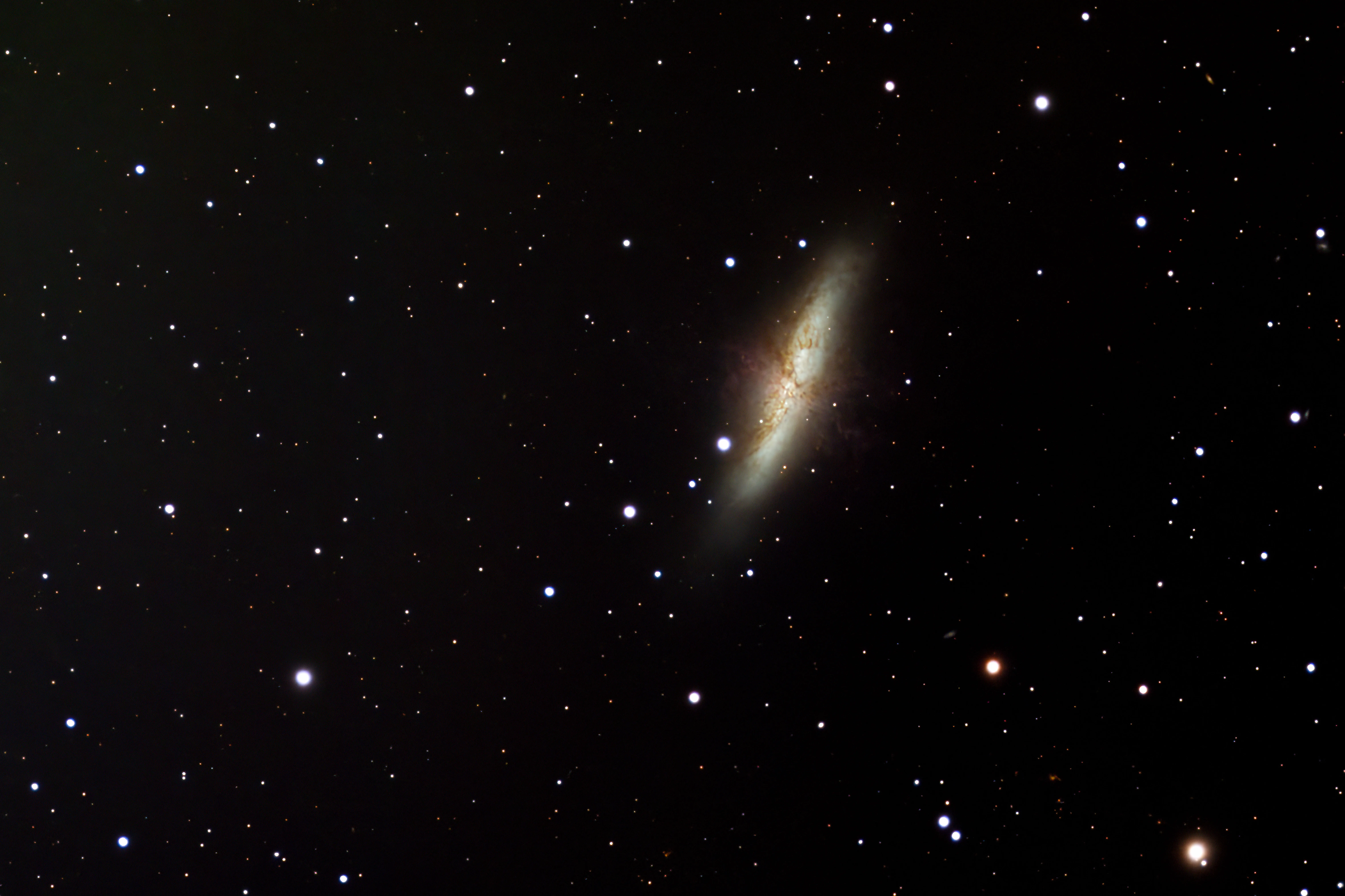
Astrophoto details of M81 and M82 galaxies
Date: Febuary 8th, 2024
Telescope: TEC 180 FL F/7
Mount: RST-300
Camera: ZWO 6200MM, Temp= -20, Gain= 100 / ZWO filters
Guider: ZWO ASI 290 mini as the guide camera, Baader Vario 10X60 Guide Scope
Controller: ASI Air
Acquisition:
5 minutes subs each of RGB.
3 hours total time
Darks/Flats/Bias: (None)
Luminance: (None)
Processing: Pixinsight, Photoshop
Location: Missouri
Bortle: 4
So, next time you look up at the night sky, spare a thought for the cosmic odd couple, M81 and M82. In their vast, starry expanse, they remind us that diversity and interaction can lead to some of the universe's most stunning spectacles. And who knows? Maybe they have their own intergalactic neighborhood watch.
About the Author

Meet Richard Harris, a passionate and dedicated astronomer who embarked on a cosmic journey at the age of 11 and has been reaching for the stars ever since. Born with an innate curiosity for the universe. Richard's fascination with astronomy ignited when he first gazed up at the night sky and felt an indescribable connection to the cosmos and creation. As a younger lad, Richard spent countless hours poring over astronomy books, studying constellations, and learning about the celestial wonders that grace our skies. In 2001, Richard invented the HyperTune telescope process, which has grown into the standard for German equatorial telescope mount tuning across the globe. He is also the founder of ScopeTrader, a global resource helping to grow the hobby of astronomy which started in 2002, and the CEO of Moonbeam software company, started in 2008. When he's not taking photos of our universe, you can find him with family, playing guitar, or traveling.

